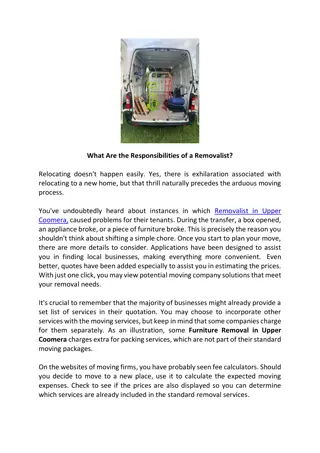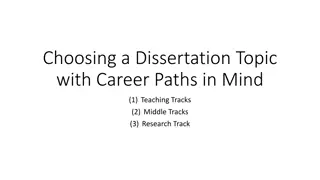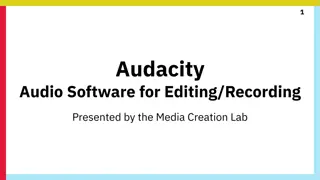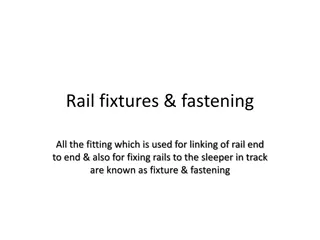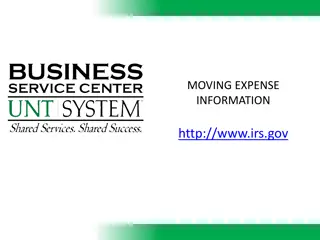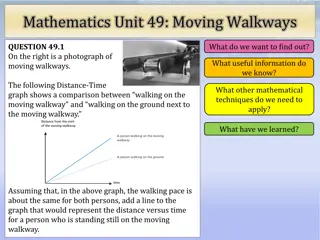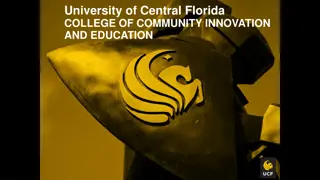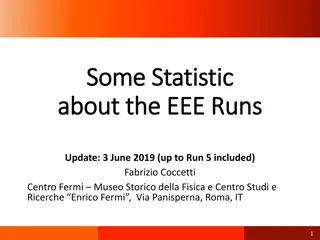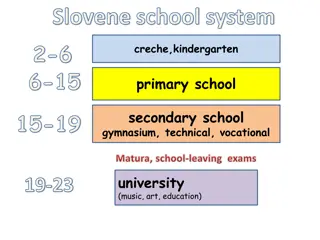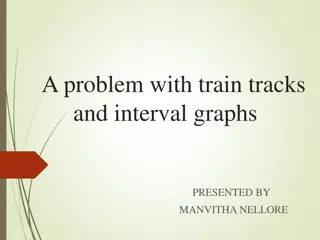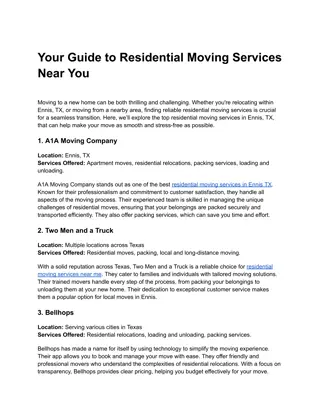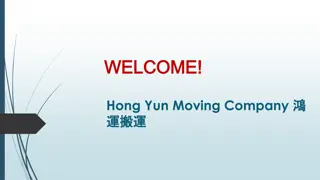
Exploring Maglev Technology and its Educational Impact
Discover the fascinating world of Maglev technology, how it works, its applications, and future potential. Uncover the connection between biomimicry and Maglev, and delve into third-grade physical sciences performance expectations related to forces and magnets. Understand the science and engineering practices essential for STEM education, focusing on technology and engineering literacy standards.
Download Presentation

Please find below an Image/Link to download the presentation.
The content on the website is provided AS IS for your information and personal use only. It may not be sold, licensed, or shared on other websites without obtaining consent from the author. If you encounter any issues during the download, it is possible that the publisher has removed the file from their server.
You are allowed to download the files provided on this website for personal or commercial use, subject to the condition that they are used lawfully. All files are the property of their respective owners.
The content on the website is provided AS IS for your information and personal use only. It may not be sold, licensed, or shared on other websites without obtaining consent from the author.
E N D
Presentation Transcript
Moving Along the Tracks MagLev Design Challenge
Maglev technology, or magnetic levitation, uses magnetic forces to suspend and propel vehicles without traditional wheels or rails. This allows for high speeds and smooth travel. There are two main types: Electromagnetic Suspension (EMS) and Electrodynamic Suspension (EDS). EMS uses electromagnets to attract or repel the train, while EDS uses electromagnetic induction to levitate and propel the train. Maglev Technology Levitation - Maglev trains use strong magnets to levitate above a guideway, eliminating friction between the train and the track. Propulsion - The magnetic field created by the guideway interacts with the magnets on the train, propelling it forward. Speed - Maglev trains can achieve high speeds, with some reaching over 600 km/h (373 mph). Efficiency - By reducing friction, maglev trains are more energy-efficient than conventional trains. Applications Beyond high-speed rail, maglev is also being explored for urban transportation, freight, and industrial applications. Future Potential Maglev technology holds promise for future transportation systems, including potential for high- speed travel in evacuated tubes.
Biomimicry and MagLev technology https://twitter.com/i/status/1911935490271723687 Future advances using MagLev technology https://twitter.com/i/status/1909539308069175678
3rd Grade Physical Sciences (PS) The PS performance expectations in third grade help students formulate answers to the questions, How do equal and unequal forces on an object affect the object? and How can magnets be used? Students determine the effects of balanced and unbalanced forces on the motion of an object and the cause and effect relationships of electric or magnetic interactions between two objects not in contact with each other. Students are then able to apply their understanding of magnetic interactions to define a simple design problem that can be solved with magnets. 3-PS2-3 - Ask questions to determine cause and effect relationships of electric or magnetic interactions between two objects not in contact with each other. 3-PS2-4 - Define a simple design problem that can be solved by applying scientific ideas about magnets.
Science and Engineering Practices Students are expected to demonstrate grade-appropriate proficiency in asking questions and defining problems, developing and using models, planning and carrying out investigations, analyzing and interpreting data, constructing explanations and designing solutions, engaging in argument from evidence, and obtaining, evaluating, and communicating information. Students are expected to use these science and engineering practices to demonstrate understanding of the disciplinary core ideas. Standards for Technological and Engineering Literacy: The Role of Technology and Engineering in STEM Education
Mathematics Classroom Store keeping a budget - counting money Train schedules and keeping time Collecting, displaying, and using data - graphing Recognizing patterns Solving word problems related to materials and trains



